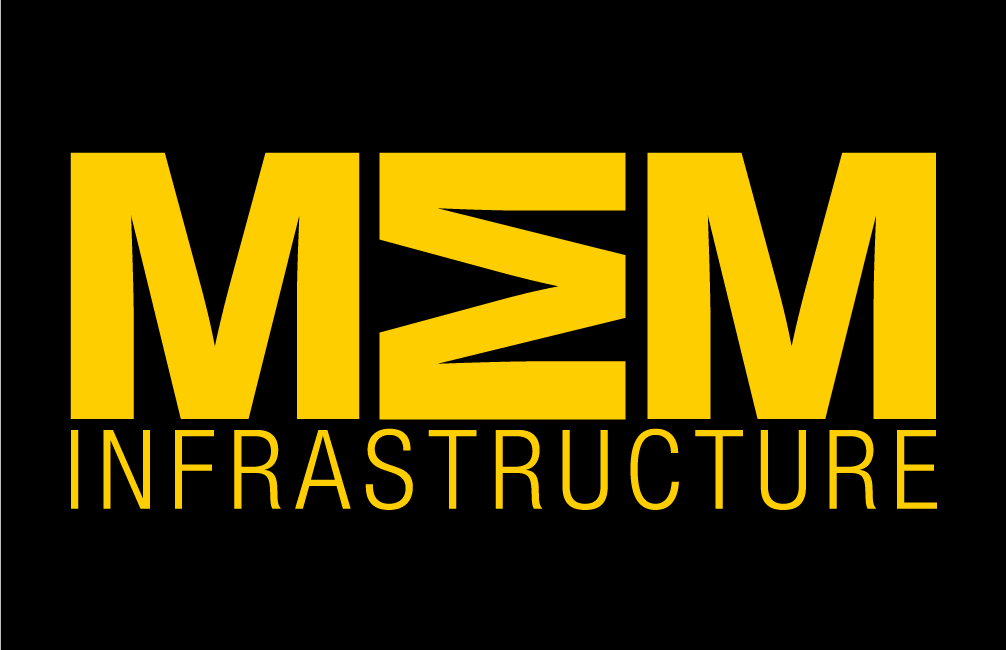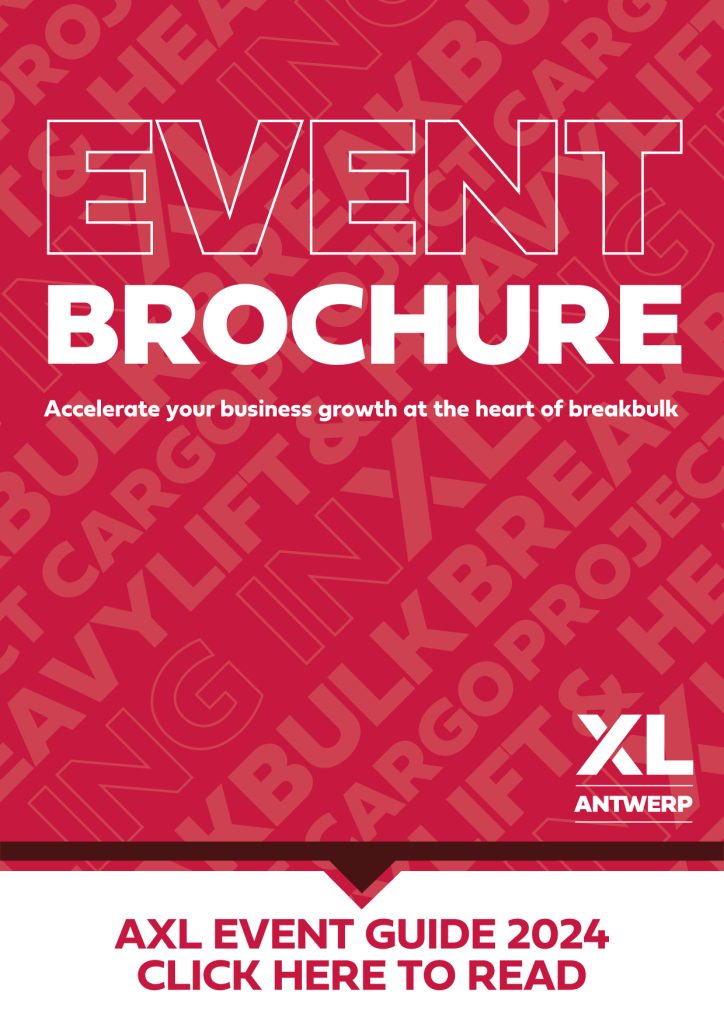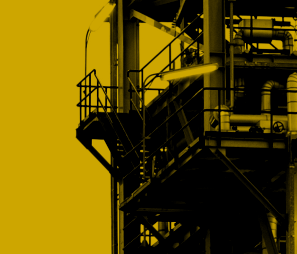A Guide To Tungsten Electrodes : When it comes to TIG welding, there’s a lot to know, from what TIG welding machine to use which we have covered in a previous Engweld guide, to learning about creating smooth weld seams, clean welding joints and using high-quality materials.
It’s important to remember that choosing the right tungsten electrode for TIG welding is equally as important as getting the right contact tip for MIG welding.
At Engweld we offer a range of TIG welding electrodes and each is colour coded to identify their distinct characteristics. We’re here to show you what each electrode is best suited for and give you a guide to finding the right electrode.
What is electrode doping?
While tungsten is the main component of TIG welding electrodes, apart from pure tungsten electrodes, other varieties are enriched with further elements, which is known as doping, or tungsten doping.
How do I find the right one for my welding?
Similar to choosing the right TIG welder, this depends largely on the welding task and factors like whether you want to weld direct current or alternating current as not every type of electrode is suitable for alternating current, which is used for aluminum welding. Other factors like the welding task and the material to be welded will have an affect on whether pure tungsten electrodes are used or those with oxidic additives like zirconium oxide (ZrO2), lanthanum oxide (La2O3), cerium oxide (CeO2) or thorium oxide (ThO2) need to be used as they all have different properties.
The effects of different doping elements:
- Zirconium oxide keeps the evaporation lower and enables a more stable arc compared to pure tungsten electrodes.
- Cerium oxide gives a tungsten electrode very good ignition and reignition properties.
- Lanthanum oxide has good ignition properties and gives the electrodes a longer service life.
- Thorium oxide creates a very stable arc, however it is radioactive which means it is very harmful to health. When thorium smoke or dust is inhaled, it can be deposited in the lungs and lead to internal radiation exposure.As a result it has been banned as an additive to tungsten electrodes in many countries.
- A pure tungsten electrode (WP green) enables a very steady arc while oxide-containing electrodes are easier to ignite, have a high current carrying capacity and a longer service life.
What do different colours of Tungsten electrodes mean?
E3® – Purple
The BINZEL E3® is a tungsten electrode which uses a mixture of rare earth oxides as doping elements, which makes it suitable for direct current and alternating current welding and also for use with almost every metal. Thanks to its excellent ignition properties, it is also often used for automated processes. The electrode temperature remains consistently low, which increases the current-carrying capacity and increases the service life of the electrode when compared to thoriated electrodes which can only be used in exceptional cases due to their highly harmful effects.
WLa – Gold = WLa 15 – with 1.30 to 1.70 % lanthanum oxide
Black = WLa 10 – with 0.80 to 1.20 % lanthanum oxide
Blue = WLa 20 – with 1.70 to 2.20 % lanthanum oxide
This tungsten electrode uses the doping element lanthanum oxide and can be used for direct current and alternating current welding. WLa is mainly used for welding aluminium, titanium, unalloyed and high-alloy steels, copper and magnesium alloys. The golden version of this tungsten electrode is also used in micro-plasma welding.
WCe – Grey = WCe 20 – with 1.80 to 2.20 % cerium oxide
Due to using cerium oxide as the component of this TIG welding electrode, it is more resilient than a pure tungsten electrode but less than the E3® and lanthanum electrodes. This type of electrode is most commonly used in the medium and lower current range for welding high-alloy and unalloyed steels as well as copper, nickel, aluminum, titanium and magnesium alloys. These electrodes are also suitable for alternating current welding as well as for direct current welding, but not as well as E3® electrodes.
WP – Green = W – made of pure tungsten without any oxide component
This electrode is made of pure tungsten and is used only for AC welding. Tungsten also has high resistance and very high corrosion resistance and its melting point of 3,422 °C is ideally high for welding using alternating current. This is also the ideal electrode for welding aluminum alloys
WZr – Brown = WZr 03 – with 0.15 to 0.50 % zirconium oxide
White = WZr 08 – with 0.70 to 0.90 % zirconium oxide
The addition of zirconium oxide means that the risk of contaminating the fusion is very low. This tungsten electrode was specially developed for welding with alternating current in nuclear systems. Zirconium oxide ensures a very stable spherical cap in AC welding, but it ignites very modestly in DC welding.
Top Tip: The WZr and the pure tungsten electrode should only be used with old single-phase TIG power sources.
Why you should avoid thorium electrodes
As mentioned earlier, TIG welding electrodes that use thorium oxide as a doping element are extremely harmful to health due to their radioactive properties. As a result they are now banned in several countries and the German statutory accident insurance »DGUV« information 208-049 refers to the fact that thorium oxide-containing tungsten electrodes “may only be used for product-specific requirements (compelling technical reasons)”. When they are used in this instance, the provisions of the Radiation Protection Ordinance must be observed.
Can any one TIG welding electrode be used for any welding task?
The ideal tungsten electrode for any welding task is E3® (purple). This electrode is long-lasting and guarantees the best results, as well as being better for the environment. When tungsten grinders are used, the residual dust and leftover pieces are not classed as hazardous waste, and do not require any special protective measures for transport and storage as E3® welding electrodes are free of radioactive components. These electrodes also comply with the EN ISO 6848 standard.
Advantages of E3® welding electrodes:
- Suitable for almost all welding tasks
- Electrode tip which is cooler running than Thoriated
- Superior repeatable ignition characteristics
- High arc stability
- Little deformation of the electrode tip
- Low burn-off
- High current carrying capacity
Still aren’t sure which tungsten electrode is right for you?
A safe choice for all types of welding is the E3, however if you want to find out other tungsten element options, view our full product range for more info or get in touch with our team of technical specialists who will be happy to help find the right Engweld product for you!
Manufacturing & Engineering Magazine | The Home of Manufacturing Industry News















